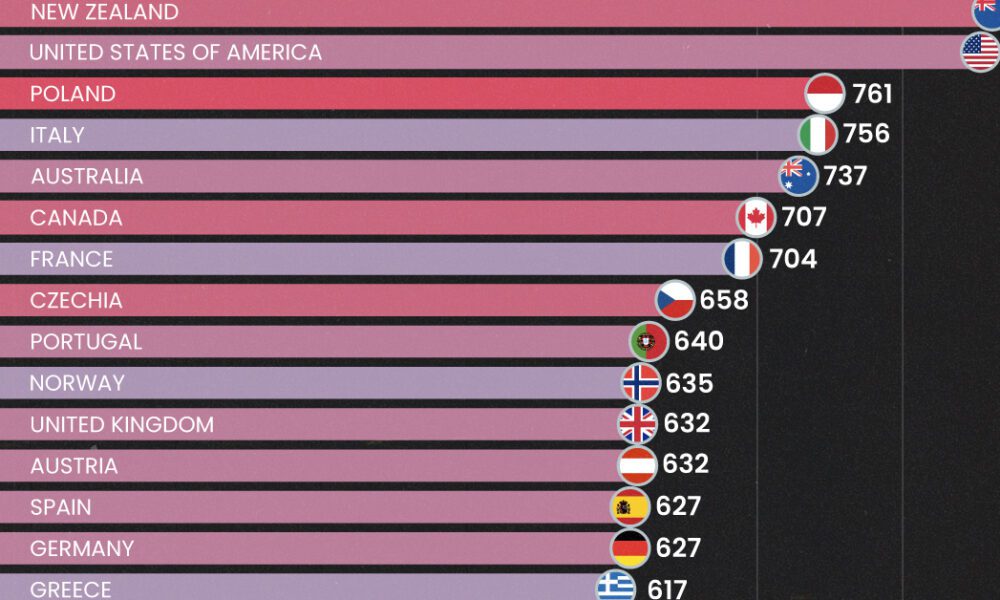It's not that difficult.
Toronto is gridlocked. A dedicated, massive, fat bike lane means that traffic lanes on Bloor, Yonge, College and now Davenport are reduced to 1 lane instead of 2 lanes. That means only 1/2 the # of cars can pass a certain point at any given time. So there is less traffic flow and traffic backs up.
So balance the utility of the bike lanes against their detriment in reducing traffic flow. Only 1.2% of commuters use the bike lanes. The other
So the bike lanes have to go. Cyclists rode on the streets before the bike lanes - usually fairly safely. They will do so again. And vehicular traffic will move faster. Most people think it a win.
You're not only idling in motor vehicle caused traffic congestion and gridlock, but also believe that you can reverse yourself back to a time and age that just does not exist anymore.
1) Toronto is gridlocked because of the sheer mass of motor vehicles. Plain and simple. End. Full Stop.
2) Your f*ckin facts are way past their expiry dates.
3) That 1.2% nonsense that you have the balls to post is not only from 2011 when there was basically shit all bike lanes built but also encompasses the whole of the f*ckin GTA. Tell me that you are NOT that clueless, because that 1.2% figure that you shamelessly posted is factually irrelevant and grossly outdated.
4) I mean who TF bikes in Peel, York and Durham regions? We're talking Toronto here, basically downtown and inner core Toronto. Tell me again that u r not effin clueless.
5) Outdated irrelevant numbers posted by you basically underscores your lack of knowledge and capacity the understand reality which is further evidenced by your ridiculous claim that 98% of commuting is via motor vehicles. I mean do u even read what you post? Nobody walks to work, nobody takes transit to work, nobody does both? Get real.
6) As up to date and factual as u can get is the following:
7) Over 10% of Torontonians commute via bike to work. 70% have also used or use their bikes to get where they need to go. Forty-four per cent identified as "utilitarian" cyclists, who bike to work, shop, visit friends, etc. Another 26 per cent said they were "recreational" cyclists, who bike for leisure or fitness. Just 30 per cent said they didn't bike at all. Of all respondents, 10 per cent said they ride their bike to work in good weather.
8) Bikes made up 37 per cent of rush-hour traffic at two spots along Bloor in the Annex. Cabbagetown had 34 per cent, and other central city neighbourhoods had between 26 and 33 per cent mode share. On one October day in 2022, 38,000 people biked through an area in the downtown core between Spadina, Jarvis, Queens Quay and Bloor, according to a City of Toronto count.
9) In 2013, the average number of cyclists in eight hours along Richmond Street West and Adelaide Street West in downtown Toronto was 400, according to the City. In September 2018, after bike lanes were installed, the average count was 4,780 — a 1,095 per cent increase.
10) Bloor Street saw a 50 per cent increase in cycling after the bike lanes were installed in 2016. Spending at local businesses also increased.
11) Bike Share Toronto saw 665,000 trips in 2015, its first year. This year, thanks to more bikes and better cycling paths, it's projected to hit
more than 6 million.
12) Toronto is congested because people are driving from faraway places coming into the city, and they should ultimately look at transit and other options as a way of reducing congestion. Bike lanes are not the problem."











